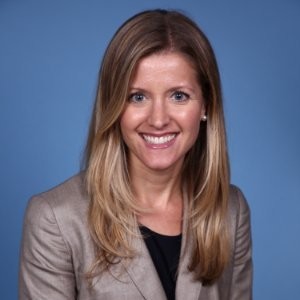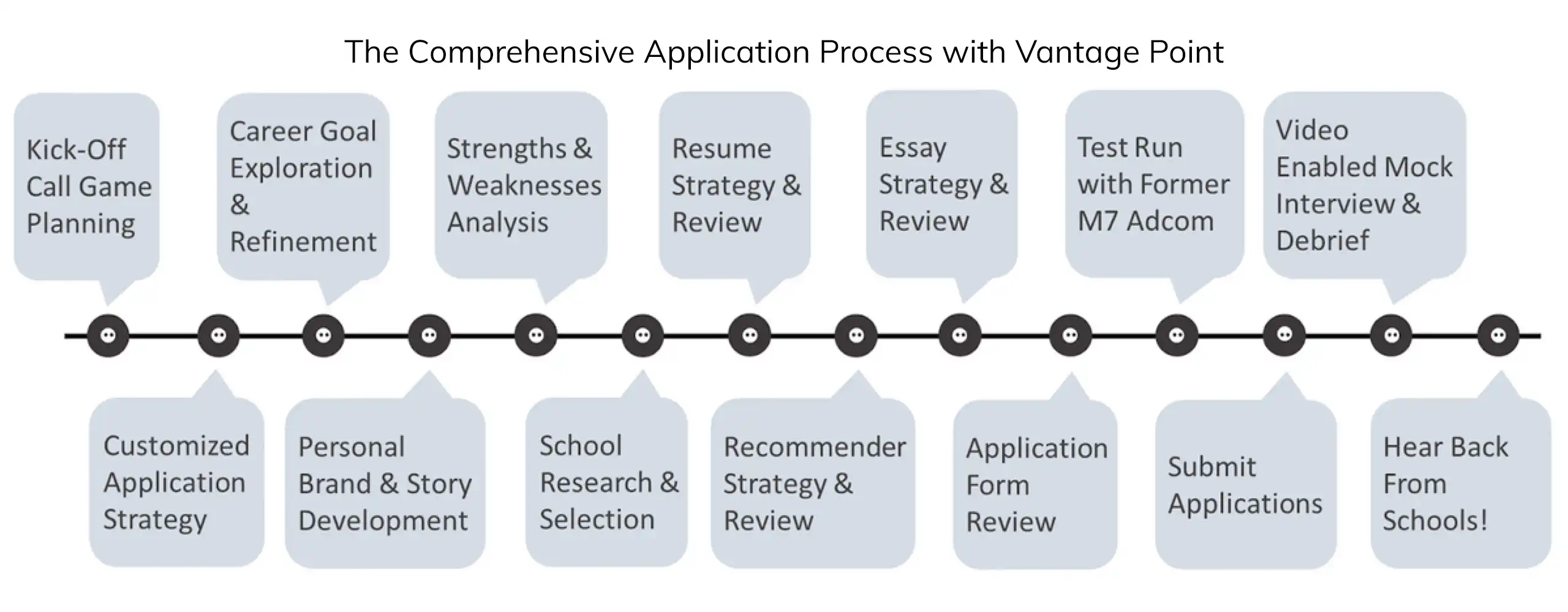The M7 Business Schools: A Comprehensive Guide To The Top MBA Schools

Originally published on January 31, 2024. Updated on March 6, 2025.
If you’re applying to business school, you’ve likely come across the term M7—but what exactly does it mean? The M7 business schools are a group of the most prestigious and competitive MBA programs in the U.S.: Harvard Business School, Stanford GSB, Wharton, Columbia Business School, Chicago Booth, Kellogg, and MIT Sloan.
Earning a spot at one of these schools means access to top-tier academics, unparalleled career opportunities, and powerful networks. But that doesn’t mean they all offer the same experience. In fact, they differ significantly in class size, teaching style, culture, and curriculum focus.
So how do you decide which M7 schools should be on your target list? Research is key—visit campuses if you can, connect with students and alumni, and dig into each program’s unique strengths. To help you get started, we’re breaking down what sets each M7 school apart.
Harvard Business School
Known for its case method teaching format, HBS has one of the largest class sizes among M7 business schools. However, as a student, you may not feel its size right away—during most of your first year, you’ll spend every day with your section of 90 classmates, forming a close-knit learning community.
Expect cold calls in class, where you’ll need to think on your feet and confidently argue your point (or counterpoint). The case method works best when students bring their own expertise to the discussion, learning as much from each other as from the professor.
- Class size: 938
- Average GMAT: 740
- Average GPA: 3.73
- Acceptance Rate: 11.2%
If you are looking for more insights into HBS, check out our full guide here.
Stanford Graduate School of Business
Stanford GSB is renowned for its focus on entrepreneurship, technology, and social impact. According to a recent Poets & Quants report, nearly 25% of the top 100 MBA start-ups were founded by Stanford graduates.
With a small class size, exceptionally low acceptance rate, and a mission to “Change lives. Change organizations. Change the world.”, Stanford is often considered the most competitive M7 school to get into.
- Class size: 431
- Average GMAT: 738
- Average GPA: 3.77
- Acceptance Rate: 6.8%*
Wharton
Wharton, the oldest business school in the U.S., is consistently ranked among the top three MBA programs. While best known for its finance expertise in areas like private equity and investment banking, it also offers a top-ranked real estate program, as well as a top-notch healthcare program and has a strong focus on leadership development.
Located in Philadelphia, Wharton has one of the largest class sizes among M7 schools. In 2022, it achieved gender parity, with 52% of its incoming class identifying as women.
- Class size: 874
- Average GMAT: 728
- Average GPA: 3.6
- Acceptance Rate: 20.5%*
Columbia Business School
Columbia Business School is located on a newly built campus in New York City, offering students the chance to combine classroom learning with real-world experiences. Its curriculum includes in-semester internships and Master Classes that provide hands-on opportunities to work with major companies—many of which are headquartered in NYC.
CBS students are a mix of longtime New Yorkers who maintain their existing networks and newcomers experiencing the city for the first time. If possible, visit the campus before applying to get a feel for the environment.
- Class size: 900
- Average GMAT: 730
- Average GPA: 3.5
- Acceptance Rate: 20.9%*
Thinking about CBS? Learn more about what makes Columbia unique in our full article here.
Chicago Booth
Booth is known for having the most flexible curriculum among the M7 business schools. Unlike other programs with a rigid core, Booth allows students to design their own MBA experience, tailoring coursework to their interests while living in the heart of Chicago.
Because of this flexibility, Boothies tend to be intellectually curious and thrive in ambiguity. While the school has a strong reputation for quantitative excellence, it’s far from just a “quant school.” Graduates pursue careers in a wide range of industries, from finance and tech to consulting and entrepreneurship.
- Class size: 637
- Average GMAT: 730
- Average GPA: 3.6
- Acceptance Rate: 28.7%*
Kellogg
Kellogg, nestled in Evanston, just 30 minutes north of downtown Chicago, is best known for its highly collaborative and collegial culture. Unlike some MBA programs where students are more spread out, most Kellogg students live within a mile of the Global Hub, fostering a tight-knit community.
Traditionally, Kellogg grads have been top recruits for leading consulting firms, but in recent years, big tech companies like Amazon and Google have heavily recruited here as well. As a result, the school has increasingly integrated data science into its curriculum to meet the evolving demands of the job market.
- Class size: 529
- Average GMAT: 731
- Average GPA: 3.7
- Acceptance Rate: 28.6%*
MIT Sloan
Sloan’s curriculum is built on Action Learning, a “learning by doing” approach that combines classroom instruction with hands-on, real-world experience. Rather than relying solely on textbooks and case studies, students apply their knowledge in practical settings, working on real business challenges.
Located in Boston, one of the largest tech hubs in the U.S. outside of Silicon Valley, Sloan naturally attracts students with entrepreneurship and tech career goals. As a result, many graduates go on to launch startups or join leading tech firms.
- Class size: 433
- Average GMAT: 730
- Average GPA: 3.61
- Acceptance Rate: 14.1%*
For more insights on the M7 business schools (and beyond), explore our Comparison of Top MBA Programs. If you’re ready to apply and want expert guidance on crafting a compelling application, let’s get started.
* Estimated acceptance rate, per this Poets & Quants article.






Pingback: Successfully Navigating a Job Change While Applying to Business School | Vantage Point MBA
March 22, 2024 3:25 pmPingback: HBS and Stanford GSB Dual Admit Success Story - Vantage Point MBA
May 2, 2024 11:03 pmPingback: Non-Soul Crushing Careers for MBA Graduates - Vantage Point MBA
May 9, 2024 6:07 pmPingback: 2024-2025 Columbia MBA Essay Tips
July 11, 2024 9:37 pmPingback: 2024-2025 Columbia MBA Essay Tips
July 23, 2024 10:24 amPingback: 2024-2025 Kellogg MBA Essay Tips
February 13, 2025 1:56 pmPingback: Am I Too Young for a Top MBA Program? Or Too Old? | Vantage Point MBA
March 20, 2025 6:50 pmPingback: Successfully Navigating a Job Change While Applying to Business School | Vantage Point MBA
April 17, 2025 12:39 pmPingback: How to Get Into a Top MBA Program With Less Than 3 Years of Work Experience
July 10, 2025 1:55 amPingback: mba essay reviews
August 21, 2025 3:29 pmPingback: What Is a Good GMAT Score? | Vantage Point MBA
August 27, 2025 1:12 pmPingback: The Best MBA Programs for Healthcare(2025 Update) | Vantage Point MBA
October 15, 2025 6:16 pmPingback: What AI Can’t Do — and Why MBA Admissions Consultants Still Matter
November 20, 2025 9:12 pm